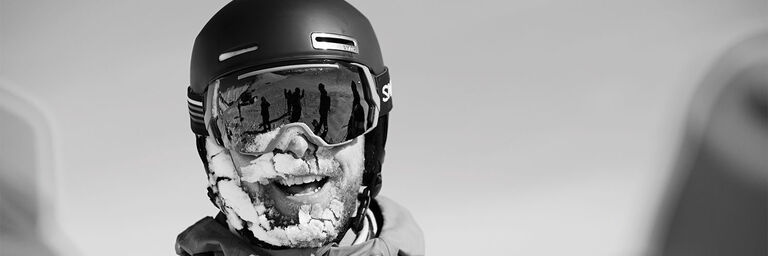
Christy Sports – Skiing & Snowboarding Helmets
HOW TO CHOOSE THE RIGHT HELMET FOR SKIING & SNOWBOARDING
You don’t have to be an expert on the slopes to understand that a helmet really adds to your safety. Not only do they do a great job of protecting your head from impacts, but they also help to keep snow out of your face, heat in, and goggles secure. Safety is very important, and Christy Sports offers many helmet options to keep your head safe while skiing or riding. This guide will help you to understand the features offered by different helmets and pick the right product for your needs.
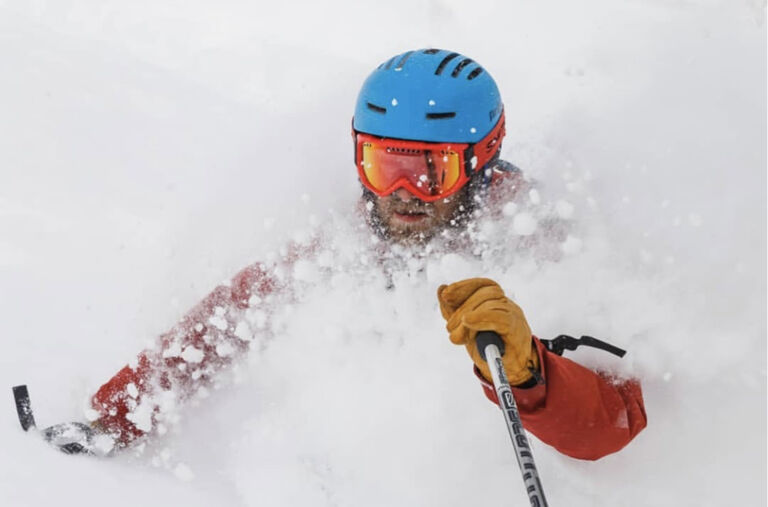
The Basics of Ski & Snowboard Helmets
No helmet can fully prevent the user from experiencing a concussion. They can greatly reduce the risk of a concussion, however, and in a serious crash can mean the difference between life and death. Snowsports helmets generally consist of three main components: the shell, the shock absorption layer, and the liner. The shell is the hard outer layer of the helmet that will deflect any branches or flying debris and protects the shock absorption layer from being prematurely damaged. That middle shock absorption layer is what does the important work of protecting your brain from injury during a traumatic crash. This layer is made of expanded polystyrene foam that absorbs the force from impacts. The inner liner of the helmet is made of soft materials and padding that add comfort and warmth to the helmet. Understanding the role of these pieces in helmet construction will help you interpret the different features and price differences between helmet models.
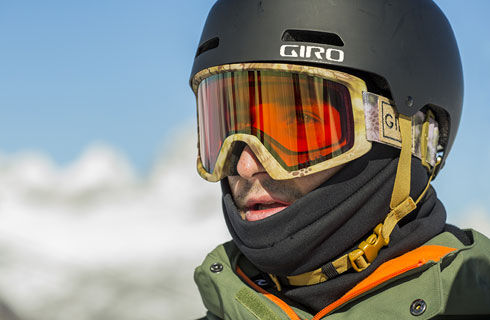
HELMET CONSTRUCTION
The two main types of helmet shell construction are in-mold and injection-molded helmets. In-mold helmets are made in a single molding process where the shell and shock absorbing foam layer are attached at the same time. These helmets are generally lighter weight but have a less durable outer shell that can be more susceptible to small dents and dings. Injection-molded helmets are made using a thicker injected plastic shell that is then attached to the foam layer. They are significantly more durable than in-mold helmets but are also heavier. The shock absorbing layer of all helmets is made of expanded polystyrene foam. Recently, many brands have integrated new technology into this layer to make their helmets even more protective. Smith uses a waffle-like crushable material called Koroyd in many of their helmets. Giro recently introduced their proprietary Spherical technology that creates a ball-and-socket structure to the helmet that protects from rotational forces. Many brands use the MIPS technology that also reduces the risk of injury from rotational forces. Knowing the purposes of different helmet construction technologies will help you pick what sort of helmet and what price point best suits your needs. Remember, all helmets that Christy Sports sells will do a great job of protecting your head in case of an accident, but skiers and riders may find that they need a particularly protective or lightweight helmet for their specific needs.
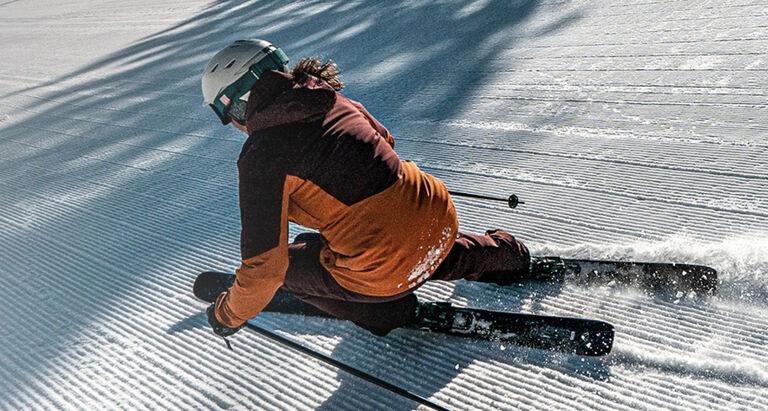
SIZE AND FIT
A comfortable helmet is key to an enjoyable day on the slopes. If you are buying a helmet online, measuring your head at home is an important step to picking the correct size. Measure the circumference of your head at the largest point, about an inch above your eyebrows and just above the ears. In most helmet brands, a size small will fit a head circumference of 51-55cm, medium will fit 55-59cm, and large will fit 59-63cm. If you are shopping for a helmet in store, have one of our expert staff members help you try a couple models on to ensure the best possible fit. Everyone is different, so even in the correct size some brands and models will fit better than others. A helmet should fit snugly, but not too tight, and should have even pressure throughout the whole helmet. If a helmet moves around when you shake your head it is too loose, but if it feels like there is too much pressure or it is hard to put on it is too tight. When a helmet is properly fitted and buckled, it should move the skin on your forehead when wiggled around. No more than two fingers should fit under the strap when the helmet is buckled. A helmet should fit snugly, but not too tight. Perform a shake test to determine if the helmet is fitting too loosely. With the helmet on, shake your head around from side to side. If the helmet moves on its own or shakes separately, it's too big. Also, take note of the positioning of the chinstrap. When properly fit and buckled, no more than two fingers should fit under the strap.
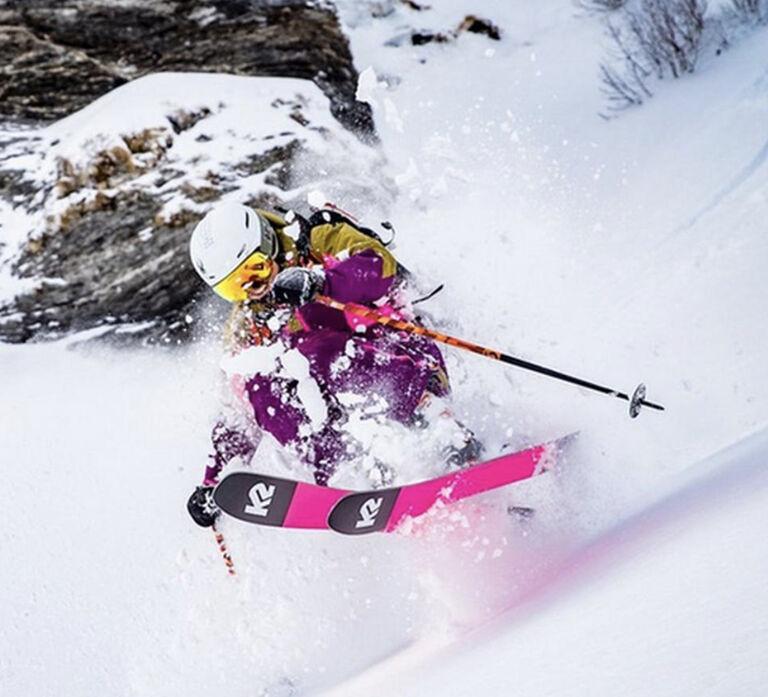
Additional Features
Enjoying yourself on the hill is the most important part of skiing or snowboarding. Helmet manufacturers know this and provide a myriad of features and accessories to help you have fun and be comfortable. Notable comfort features in many helmets include adjustable air vents and removable ear flaps. Entertainment features like integrated action camera mounts, in-helmet audio compatibility, or even built-in speakers are common. Be on the lookout for these sorts of features when purchasing a helmet to make sure it meets your needs!


